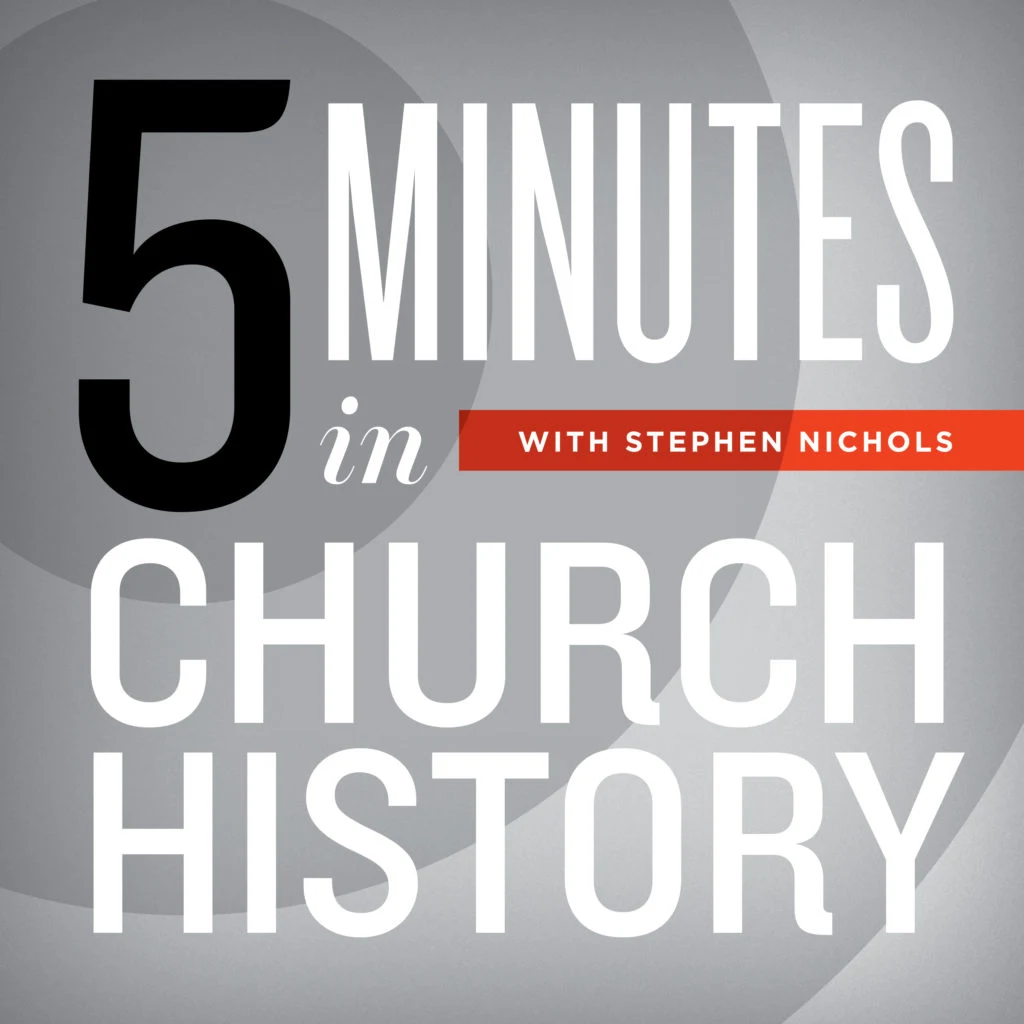When Charles Finney introduced his “New Measures” for practicing Christianity, a group of ministers met to discuss their concerns. Today, Stephen Nichols sets the scene for the New Lebanon Conference of 1827.
Welcome back to another episode of 5 Minutes in Church History. On this episode, we are visiting the year 1827. It was, in fact, the year that Ludwig von Beethoven died. It was also the year where the match, technically known as the friction match, was invented. But we’re not interested in either of those things. We are interested in the New Lebanon Conference that met in 1827. It met from July 18 to 26, to be specific. Asahel Nettleton had criticized, actually pretty close to condemned, the new measures of Charles Grandison Finney that were employed in the Second Great Awakening. So Lyman Beecher, Nathan Beman, along with Charles Grandison Finney, and several other ministers convened the conference in New Lebanon, New York in 1827.
First, who was Lyman Beecher? Well, he was most famous as the father of Harriet Beecher Stowe, author of Uncle Tom’s Cabin, and her slightly less famous brother Henry Ward Beecher. He was a Presbyterian minister and father of 13 children altogether. He grew up blacksmithing and farming, and he went to Yale under Timothy Dwight. And at the time of the conference, Lyman Beecher was a minister in the prominent congregational church in Boston.
Who was Nathan Beman? He was born in New Lebanon, New York, and over his career, he served as minister to several congregations. He even served as the president of what would be the University of Georgia. But in 1827, he was pastor of First Presbyterian Church, Troy, New York, right on the banks of the Hudson River. And then there’s Charles Grandison Finney. We know him, the figure of the Second Great Awakening, leading revivals in Rochester, New York, and New York City, and as his middle name has it, a grand figure in the first half of 19th century American church history. Well, that’s the who. Let’s talk about the where.
New Lebanon was a small town in New York, right on the Massachusetts border. But more importantly, how about the “what?” What happened in 1827 at the New Lebanon conference? Well, a group of ministers, as we mentioned, gathered to debate whether what was happening in that time, in the 1810s and 1820s, does in fact constitute Calvinistic revivals. These were congregationalists, these were Presbyterians, and together they agreed on the importance of revivals. But that was about all. The main point of contention. The point of disagreement was Finney’s “New Measures.” In short, these “New Measures” highlighted human effort in salvation, human effort of the preacher, the revivalist, and also human effort of the penitent. The revivalist would pressure individuals, even naming them in the sermon. There would be the use of music to set the mood and to sustain long invitations. And then there was the anxious bench or the introduction of the altar call. But one way to see these new measures of the Second Great Awakening in focus is to look back to the First Great Awakening.
We could look at Matthew chapter 16. And there Christ asks his 12 disciples, “Who do you say that I am?” And in verse 16, Peter says, “You are the Christ, the Son of the living God.” Verse 17 continues, “And Jesus answered him, ‘Blessed are you Simon Bar-Jonah for flesh and blood has not revealed this to you. but my Father, who is in heaven.” The First Great Awakening emphasized awakening or salvation as a divine and supernatural light. As Jonathan Edwards titled his sermon on this text. The Second Great Awakening said divine and human, supernatural and natural light. And this was the matter, the issue at the 1827 New Lebanon Conference. The outcome? Well, nothing binding came of it. And what actually prevailed after it was that Finney's side and the “New Measures” won out. So there you have it. A very important moment in American church history, the 1827 New Lebanon Conference. And I'm Steve Nichols, and thanks for listening to 5 Minutes in Church History.
Recent Episodes
A Little Church History of a Middle Colony: Early Influences
December 10, 2025|American Church History
Gunpowder and a Proclamation
December 3, 2025|Geographical Perspectives
Thanksgiving in Church History
November 26, 2025|American Church History
3 Sermons on the Hallelujah Chorus
November 19, 2025|General Church History
Charles Jennens’ Libretto
November 12, 2025|General Church History
Cyprian of Carthage: Crisis in the 3rd Century
November 5, 2025|General Church History

